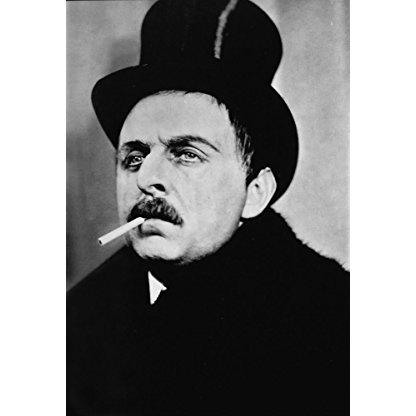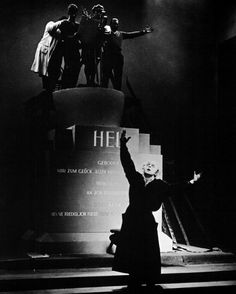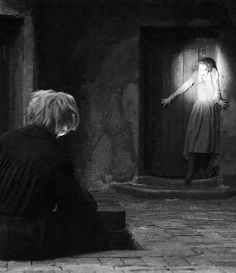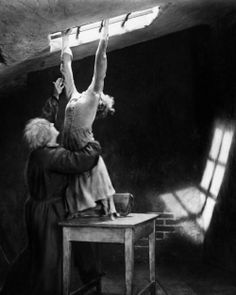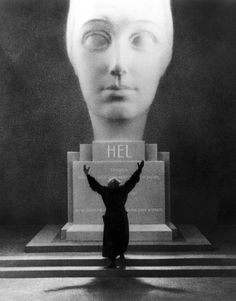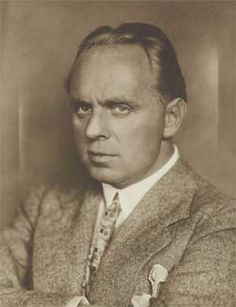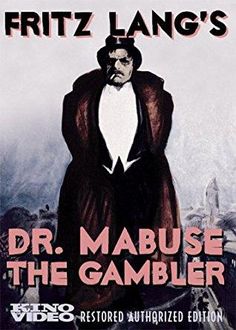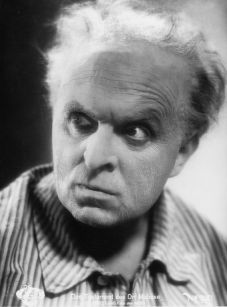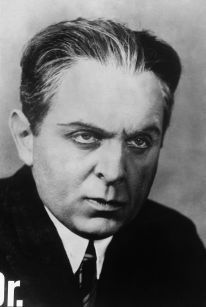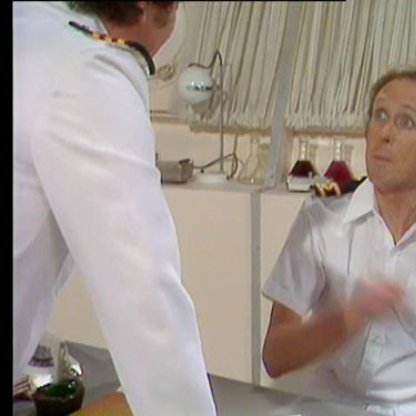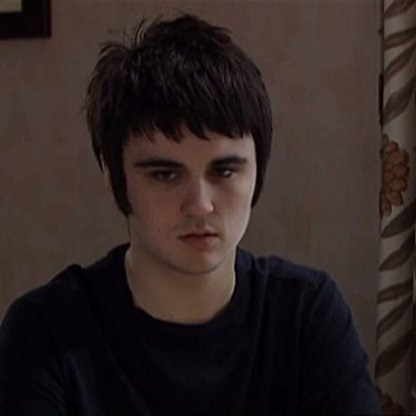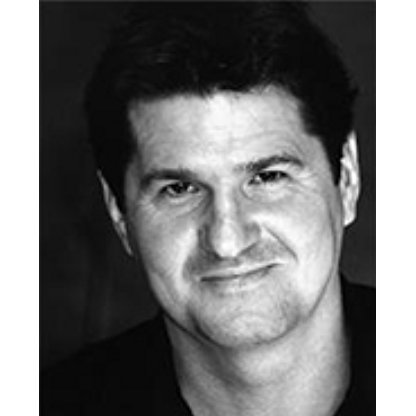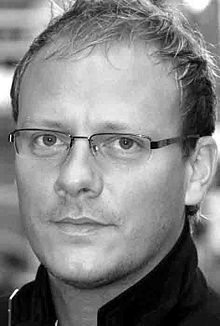In 1919, Klein-Rogge began acting in films. He appeared in an uncredited role as the Criminal in The Cabinet of Dr. Caligari. During this time, von Harbou was having an affair with Director Fritz Lang and eventually left Klein-Rogge to marry Lang. Despite the split, Klein-Rogge made several films that were written by von Harbou and directed by Lang, including Destiny, Dr. Mabuse the Gambler, Die Nibelungen, Metropolis and Spies. Klein-Rogge's intense look led him to similar roles such as a tyrant in Fritz Wendhausen's Der steinerne Reiter, a pirate in Arthur Robison's Pietro der Korsar, and the Czar in Alex Andre Volkoff's Casanova. Klein-Rogge's last film with Lang was The Testament of Dr. Mabuse in 1933.

